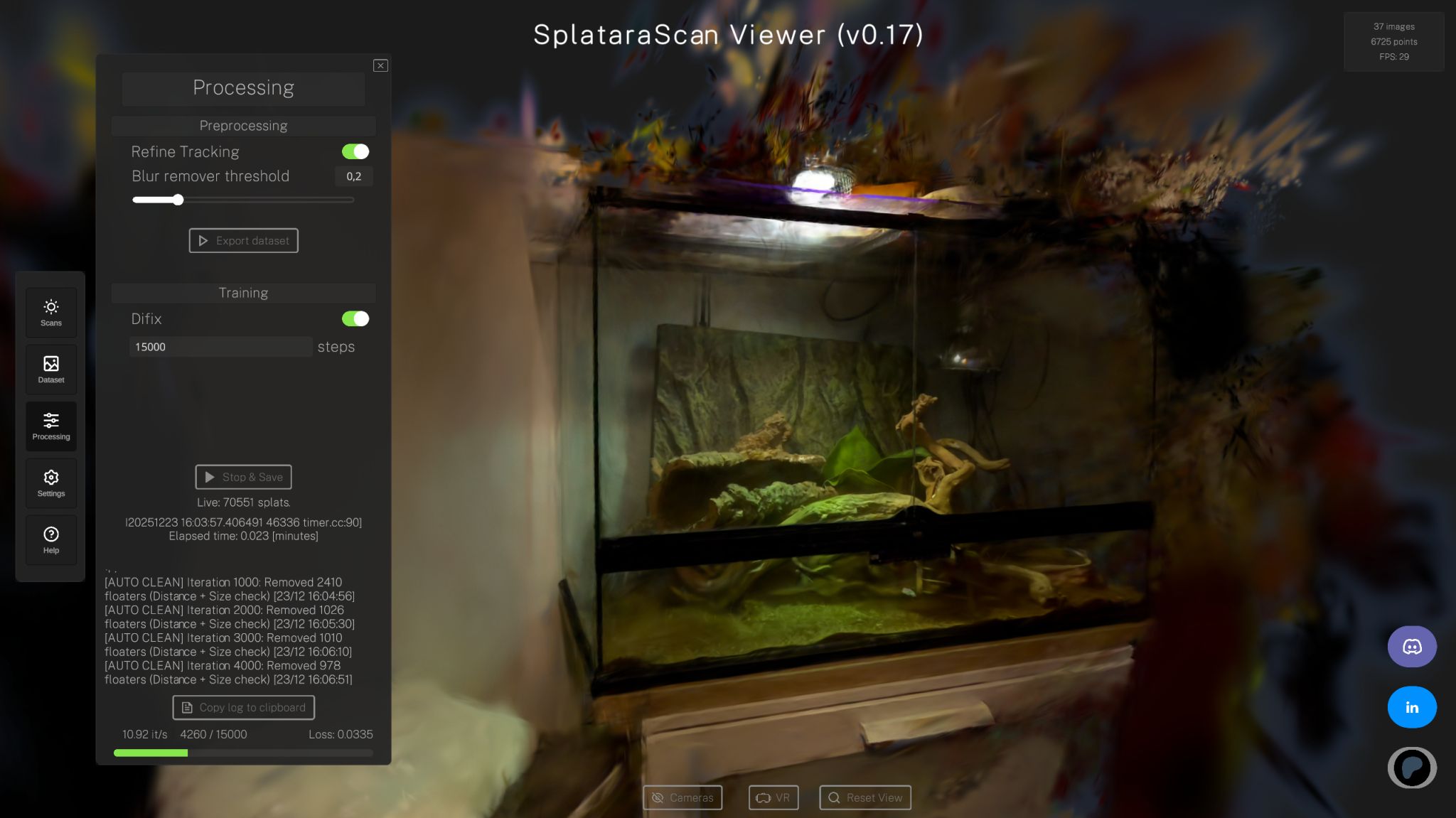
Michael Rubloff
May 27, 2025
At Autodesk DevCon Europe 2025, spatial intelligence company XGRIDS unveiled LCC for Revit, a new plugin that integrates SLAM-based 3D Gaussian Splatting directly into Autodesk’s industry standard BIM environment. Developed in collaboration with Autodesk, the plugin aims to accelerate scan to BIM workflows by using AI to generate Revit elements, such as walls, doors, and levels, directly from spatial scans, reducing manual modeling effort by up to 90 percent.
The plugin connects Revit with Lixel CyberColor (LCC) models generated from XGRIDS’ mobile LiDAR and visual scanning devices. These models combine geometric precision with photorealistic textures, offering an enriched spatial dataset that now feeds directly into the design process. By embedding semantic understanding into scan data, LCC for Revit can recognize architectural components and translate them into editable Revit geometry, without requiring manual measurements or redraws.
XGRIDS says the solution delivers a typical 70 to 90 percent increase in productivity, particularly for medium scale interior modeling, while maintaining centimeter-level accuracy throughout. Early users report that the ability to verify spatial models visually in real time, alongside their parametric counterparts in Revit, significantly reduces rework and streamlines coordination.
“The construction industry needs tools that understand both the precision of scan data and the intelligence of BIM workflows,” said Sunny Liao, Director of Global Business at XGRIDS. “LCC for Revit represents that convergence—delivering automated modeling, real-time feedback, and a direct link between physical space and design intent.”
One of the plugin’s key advantages is its live synchronization with the LCC Viewer, allowing Revit users to align and verify models against photorealistic scans as they work. This provides immediate context and eliminates much of the guesswork common in traditional scan to BIM workflows. The plugin also supports point cloud overlays for visual comparison, enabling teams to catch issues early and validate design decisions without switching between tools.
Beyond automation, LCC for Revit is also designed for adaptability. The plugin recognizes spatial relationships within the scan data, distinguishing between structural and non structural elements and generating corresponding Revit components with a single click. It allows users to move fluidly between design, review, and documentation, accelerating delivery while preserving design integrity.
XGRIDS has positioned this release as more than just a plugin. It’s part of a broader push to bring spatial computing and AI-powered modeling into the daily workflows of architects, engineers, and construction professionals.
“LCC for Revit doesn’t just digitize buildings—it understands them,” said Mindy Li, Product Manager at XGRIDS. “That understanding enables a new level of modeling accuracy, speed, and collaboration that static scan data alone can’t provide.”
The timing aligns with industry trends. Autodesk’s own research shows that nearly half of AEC professionals view productivity as AI’s most compelling application area. As the construction sector continues to seek efficiency gains and error reduction, tools like LCC for Revit offer a concrete example of how AI and real-time spatial data can be brought together to meet those goals.
The plugin will be available via the Autodesk App Store by the end of May 2025, supporting Revit 2025 and newer versions. It integrates seamlessly with existing Lixel capture workflows, offering a unified pipeline from on-site scanning to Revit-based modeling.
As spatial intelligence continues to evolve, XGRIDS’ LCC for Revit offers a glimpse into the future of integrated design, where high-fidelity site data doesn’t just inform projects, but actively shapes them.
XGRIDS is a global leader in spatial intelligence solutions, developing end-to-end tools for 3D scanning, modeling, and AI-driven analysis. The company’s product line includes the Lixel scanner series, Lixel CyberColor Studio for Gaussian Splatting-based modeling, and now LCC for Revit, enabling real-time data integration across the architecture, engineering, and construction sectors.
For more information, visit xgrids.com or contact me at contact@radiancefields.com.







